The Five Biodiversity Hotspots of South America
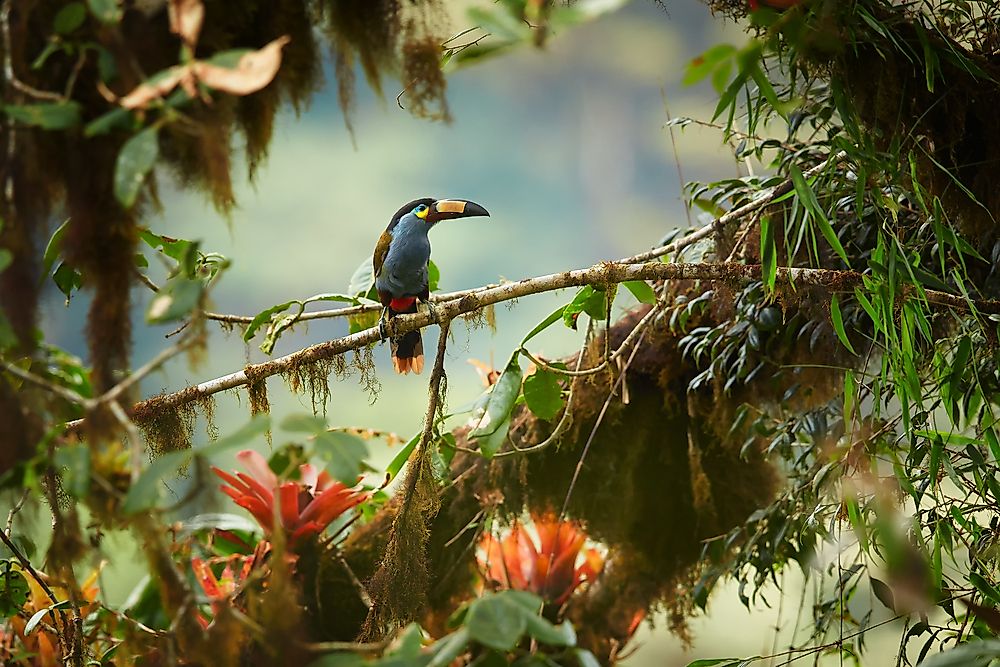
The Amazon rainforest in South America is the world's largest and most biodiverse tropical rainforest. However, biodiversity in South America is not limited to the Amazon river basin. In fact, South America has five biodiversity hotspots located outside the Amazon rainforest region. A biodiversity hotspot is a biogeographic region with a great diversity of flora and fauna that is at risk of destruction. South America’s five biodiversity hotspots are highlighted below.
5. Atlantic Forest
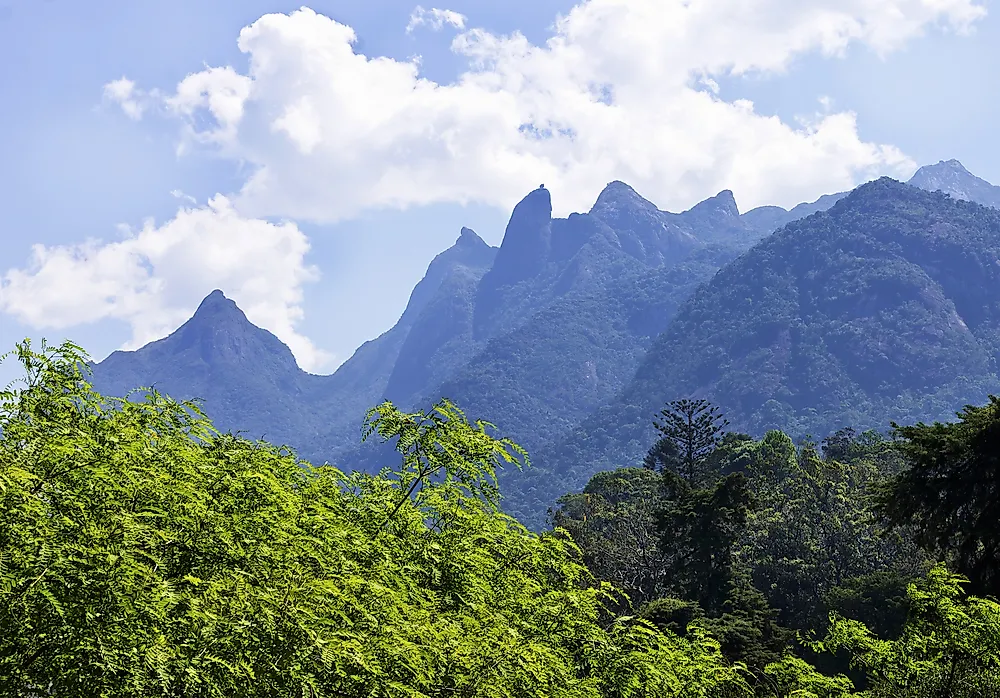
The Atlantic Forest is a biodiversity hotspot located along Brazil’s Atlantic coast. The ecoregion covers an area of 1,315,460 square km and encompasses a variety of habitats including mangrove forests, shrublands, grasslands, and tropical forests. Vast tracts of the Atlantic Forest region have been cleared for expanding human habitation and economic activities. As a result, nearly 11,000 species that live in the region are threatened with extinction. The Atlantic Forest has high levels of endemism, as 40% of its vascular plants and nearly 60% of its vertebrates are endemic species.
4. Cerrado
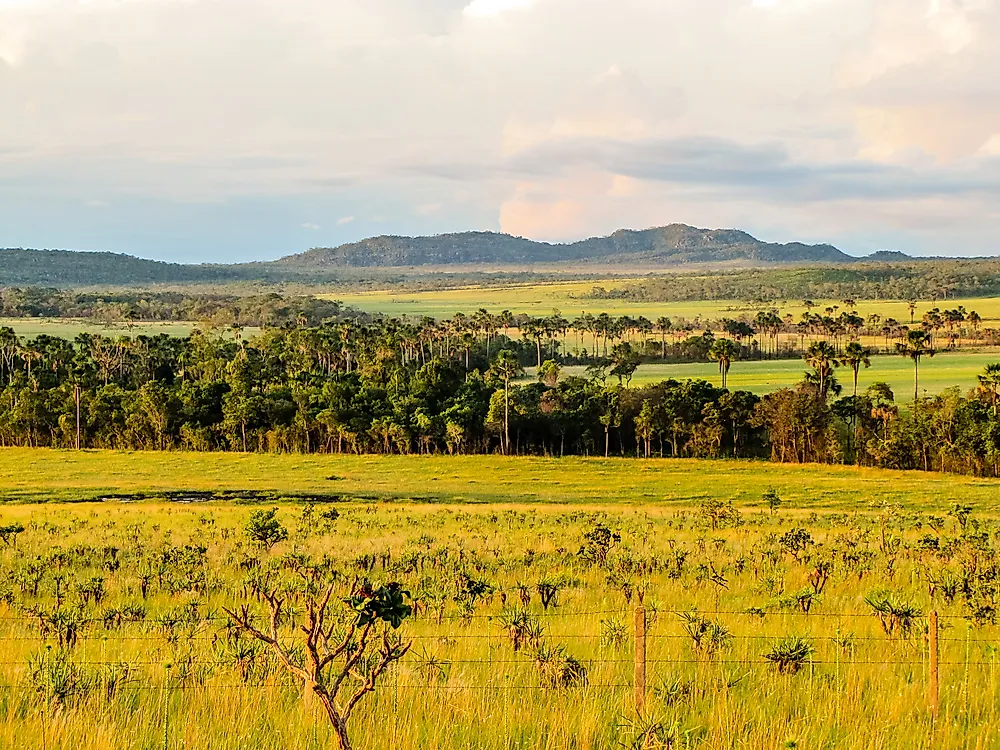
The Cerrado is a biodiversity hotspot that encompasses a vast area in Brazil’s tropical savanna ecoregion. The region includes several types of habitat, including forest savanna, gallery forests, park savanna, and savanna wetlands. The Cerrado covers nearly 21% of Brazil's total area. According to the World Wildlife Fund for Nature (WWF), the Cerrado is the world’s biologically richest savanna region. For example, nearly 10,000 species of plants grow in the Cerrado. Almost 200 species mammals, 14 of which are endemic, live in the region. Similarly, bird diversity is also extremely rich, and also includes 10 endemic species of birds.
3. Chilean Winter Rainfall-Valdivian Forests
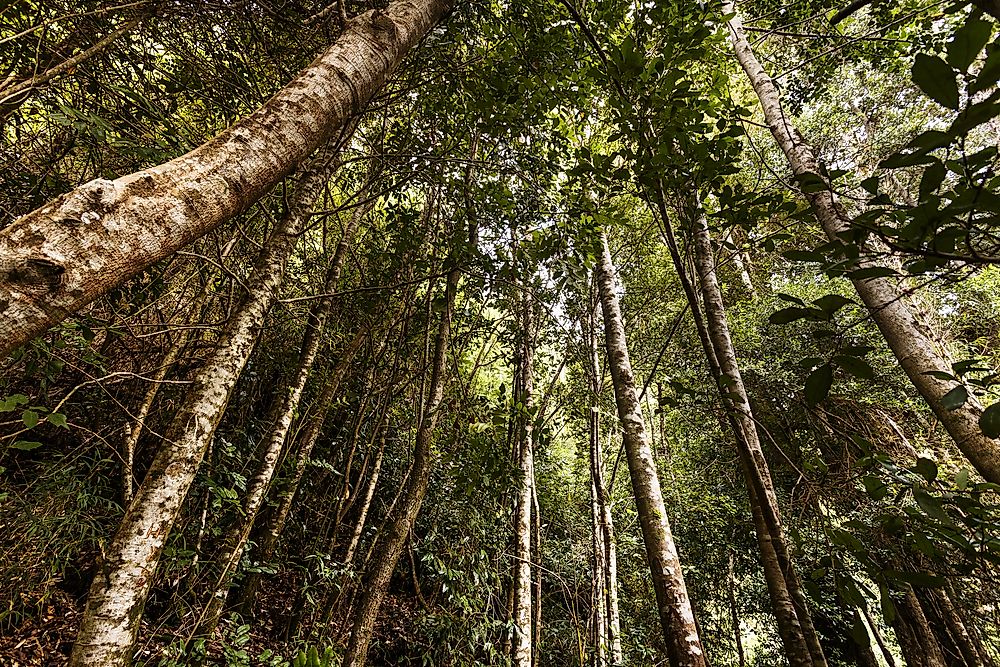
The Chilean Winter Rainfall-Valdivian Forests is a biodiversity hotspot located in Chile along southern South America’s west coast, and extending into parts of Argentina. Forests in the region have evergreen angiosperms as the dominant trees, and also have dense understories of ferns and bamboos. The region is home to several endemic species of plants and animals. It also hosts the continent’s smallest wild cat, called the kodkod, and the world’s smallest deer, called the southern pudú. Like most biodiversity hotspots, the region’s flora and fauna are threatened by habitat loss, poaching, habitat fragmentation, and illegal logging activities.
2. Tumbes-Chocó-Magdalena
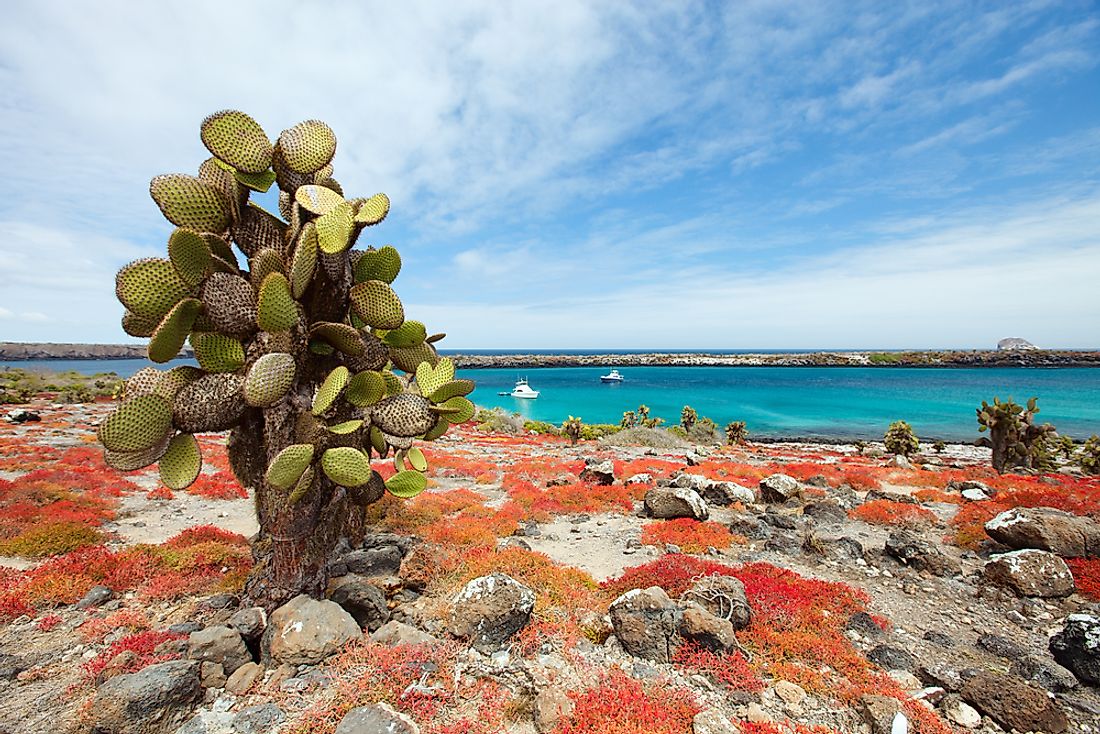
Tumbes-Chocó-Magdalena is a biodiversity hotspot that includes the tropical moist forests and dry forests found along South America’s Pacific coast, as well as the Galapagos Islands. The hotspot covers an area of 274,597 square km and is 1,500 km long. There are a variety of habitats in the region including beaches, mangroves, and rocky shorelines. The hotspot is home to approximately 2,750 endemic plant species, 7 endemic mammalian species, 21 endemic species of birds, and 8 endemic species of amphibians. Several factors threaten the biodiversity of the hotspot including deforestation, farming, human population growth, and and expansion.
1. Tropical Andes
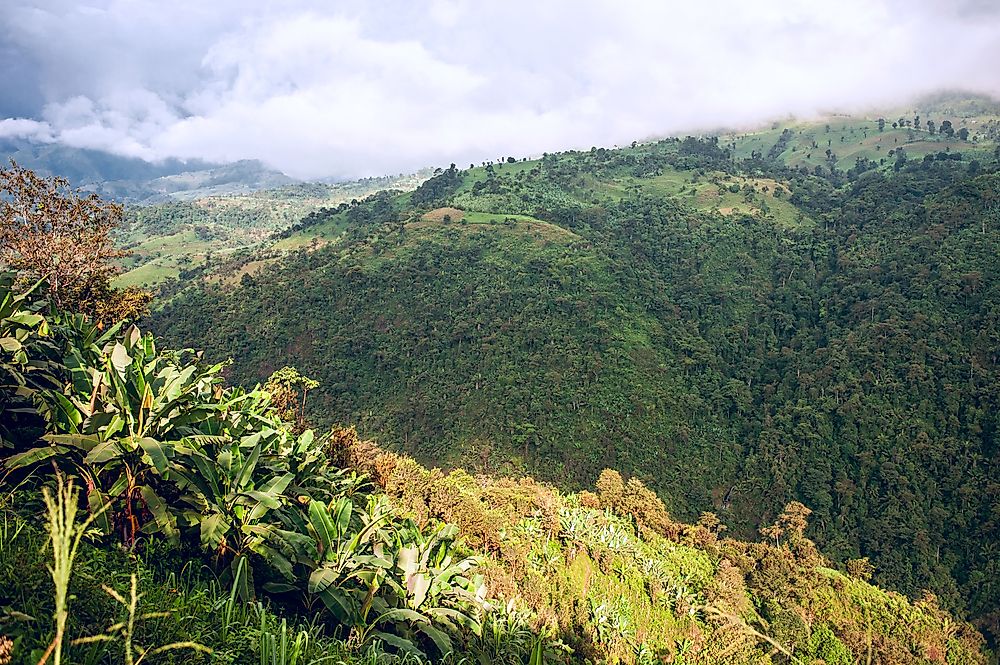
The Tropical Andes is a biodiversity region that spans an area of 1,542,644 square km in South America and encompasses parts of five countries: Colombia, Ecuador, Peru, Venezuela, and Bolivia. The region has diverse habitats that support great biodiversity, such as mountains, valleys, and canyons, tropical rainforests, cloud forests, and even grasslands. Between 20,000 of the 45,000 species of plants growing in the region are endemic. More than 3,000 species of vertebrates also live in the Tropical Andes, 1,500 of which are endemic. Pollution, mining, dams, fisheries, logging, and agriculture are all factors that threaten the biodiversity of the Tropical Andes.











